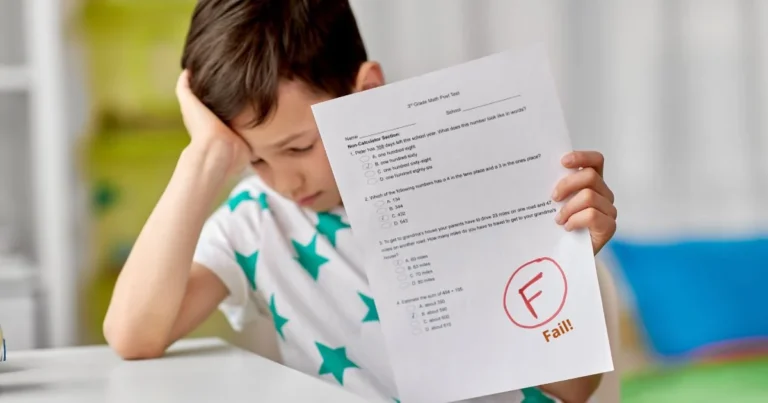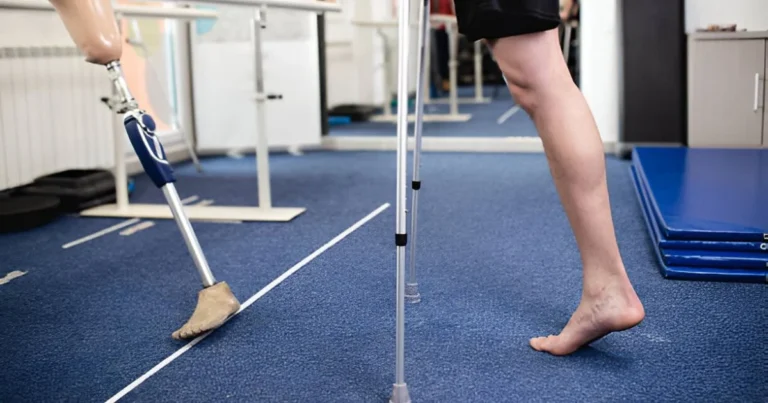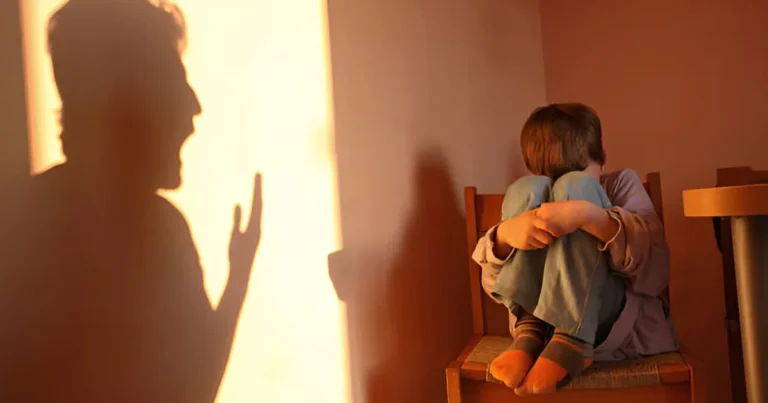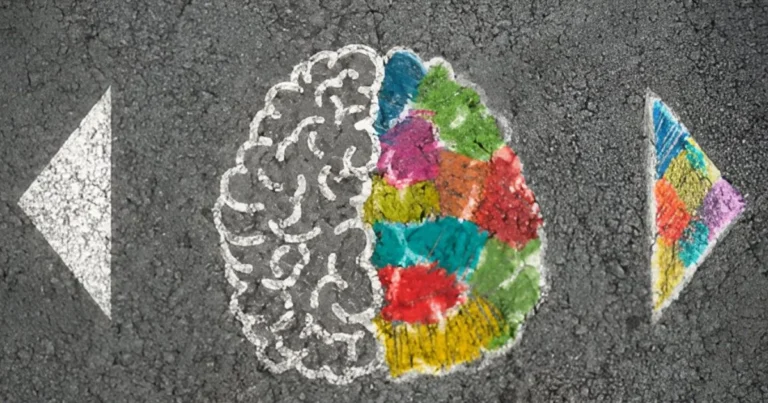A New Horizon in Depression Treatment: The Promise of Home-Based tDCS
Depression is a complex psychiatric disorder that affects a significant portion of the global population. It manifests as a disturbance in mood, profoundly influencing affective and cognitive processes, as well as the capacity to manage everyday tasks. Owing to its multifaceted nature, depression poses a major challenge for treatment and management strategies, impacting not only patients’ quality of life but also their overall well-being.
Recent technological advancements offer a promising new avenue alongside traditional treatments. One such innovation is transcranial direct current stimulation (tDCS), a noninvasive technique which temporarily modulates the excitability of brain regions linked to mood and emotional regulation. Administered through a connected headset, this method could offer a complementary and accessible solution—still under clinical evaluation—to support conventional treatments.
Clinical evidence and patient outcomes
A 2024 study conducted by a team at the University of California, San Francisco, and published in Nature Medicine,investigated the efficacy of tDCS in adults with major depressive disorder.
This noninvasive method applies low-level electrical currents to stimulate specific brain areas, aiming to alter their activity and potentially improve mood.
Researchers divided participants into two groups: one received active tDCS, while the other underwent a placebo procedure that produced a similar sensation without offering any therapeutic effect. This design allowed the investigators to compare the true impact of the treatment against a placebo, providing a clearer assessment of the device’s efficacy.
🔗 Read also: Burnout: When work pushes us to the edge
After ten weeks of treatment, researchers observed a significant improvement in symptoms among participants who received active stimulation. They reported a more stable mood, increased energy, and a slight boost in motivation — encouraging effects, though variable from one individual to another. While these changes still need to be confirmed over the long term, they nevertheless demonstrated a positive impact on the daily management of depression.
A key advantage of this approach is that it can be carried out at home, granting patients considerable flexibility. By using a headset connected to a mobile application, patients can receive treatment in their own homes while being monitored remotely by healthcare professionals through digital tools. This setup simplifies access to treatment and minimizes the logistical challenges of in-clinic visits. Clinical follow-up takes place via the application, ensuring continuous supervision and real-time progress evaluations. Findings from this study suggest that tDCS may be an effective adjunct therapy for depression.
Easing symptoms while underlying causes persist
However, despite the promising potential of tDCS, it is important to emphasize that this technique does not replace psychotherapy or pharmacological treatments. These methods remain essential for addressing the deeper roots of depression, such as cognitive dysfunctions, emotional trauma, and chemical imbalances within the brain. By contrast, tDCS mainly alters neuronal excitability and targets symptoms rather than the underlying causes of depression. It should therefore be viewed as a supplementary measure rather than a standalone replacement.
🔗 Explore further: Depression: The silent collapse of a society in crisis
Because depression is a multifactorial condition, a combined approach often yields the best results. In fact, tDCS outcomes tend to be more substantial when integrated with psychotherapy or medication. This combined strategy not only maximizes therapeutic benefits but also accounts for the wide range of causes and clinical presentations associated with depression.
Transcranial Direct Current Stimulation (tDCS) represents a promising approach in the treatment of depression. Future research will need to refine the assessment of its long-term efficacy. While short-term results are encouraging, its lasting impact on treatment-resistant forms of depression remains to be clarified.
It will also be crucial to better understand the underlying brain mechanisms: tDCS does not create new connections but temporarily modulates the excitability of prefrontal networks involved in the regulation of emotions and cognition. This modulation may facilitate existing processes of synaptic plasticity, thereby supporting functional recovery.
🔗 Discover more: From breaking point to breakthrough: How crises shape us
In the long run, this line of research could pave the way for exploratory applications in other psychiatric disorders, while strengthening the integration of tDCS into validated clinical treatments. A combined approach — merging technological innovation with therapeutic support — appears to be the most robust path toward individualized and lasting management of depression.
References








